(Read the intro post for background on this trip)
After a really good breakfast at our now-beloved Shoshone Lodge, Andrew (24) and I headed into Cody, Wyoming to visit the Buffalo Bill Center of the West museum. This complex is really five museums in one – the Buffalo Bill Museum, Plains Indian Museum, Cody Firearms Museum, Draper Natural History Museum, and Whitney Western Art Museum. We went through the Buffalo Bill, Plains Indian, and Cody Firearms museums. All of them were excellent – well curated with outstanding artifacts. I thought they handled potentially sensitive topics in a balanced ways. I didn’t know much about Buffalo Bill Cody going in, so it was super interesting and educational; he reinvented himself so many times and was pretty remarkable. The Cody Firearms museum was particularly impressive. It’s the largest publicly viewable firearms collection in the world. They have so many out that they have put many of them in drawers that visitors can pull out. I wish we had time to linger in the museums we visited and to see the others. I’d definitely come back if I’m in the area.
We then visited the Heart Mountain Interpretive Center, which is about 15 minutes from Cody. This museum is on the site of the Heart Mountain “relocation center” where 14000 Japanese-Americans were incarcerated during World War II without due process. Half were under the age of 18 and two-thirds were American citizens. It became the third largest city in Wyoming and had a bigger population that Cody does today.
This is a subject I know a little about, especially since the first Japanese-Americans were shipped off to the camps from a dock about a mile from my house on Bainbridge Island, Washington. I still learned a lot; I was especially interested in the post-war phase, which most of the other accounts I’ve read don’t cover. There was a shortage of housing post-war for everyone, but it was especially tough for the Japanese-Americans coming back. They had lost everything, had little or no money, and often returned to racism and hostility. Even though almost all of the building from the camp are now gone, standing on the site was pretty emotional for me and brought the immense scale of the camp to life. The museum had a very timely special exhibit about how disease has been racialized throughout American history up to and including the current COVID pandemic. The whole museum made it super clear to me how easy it is for Americans to turn on each other during times of fear and hatred.
An exhibit showing how bare the incarceration camp barracks were when the Japanese-Americans first arrived.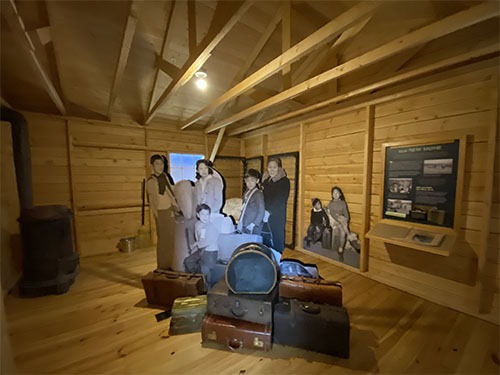
We then drove across Wyoming to reach our accommodations for the evening near Devils Tower, an AirBnB called Devils Tower Tipi Camping or Sunshine Crappy Fish. This was a super unique night for us, sleeping in a tipi with no running water or power. The camp is a few miles from Devils Tower with a clear view of the tower. One of the other guests gave us a great tip to walk over to a bluff nearby on the property to get a really incredible view of the tower, overlooking a ravine. That night we were also able to really see the stars and the Milky Way since there was so much less light pollution out here than most places we travel. We were also treated to a far-off lightning storm and thunder, which was pretty cool.
The tipi itself was warm and cozy. We slept on pads on the ground with blankets. The tipi came equipped with a propane stove, propane lamp, three gallons of water, mugs and instant coffee, and two solar lanterns. The only restroom on the site is a super clean Porta-Potty.The only real bummer was that it was a very windy night (20 MPH+), so the tipi fabric was noisy like any tent would be.
There are no dining options on-site and we arrived too late to really go to the any of the restaurants nearby. We were prepared and had brought a picnic lunch with us. No burgers for us tonight.
It was a fun place to stay and a great jumping off point to visit Devils Tower in the morning.
Our sleeping arrangements inside the tipi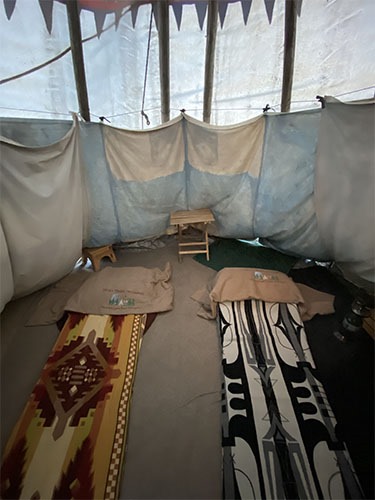
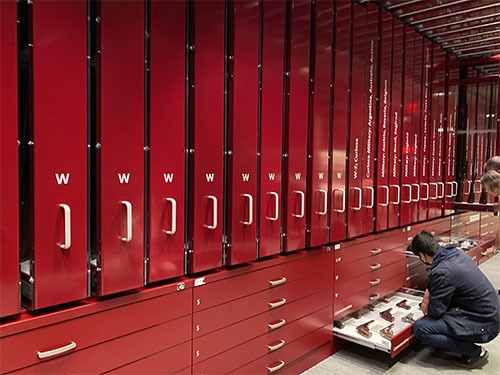
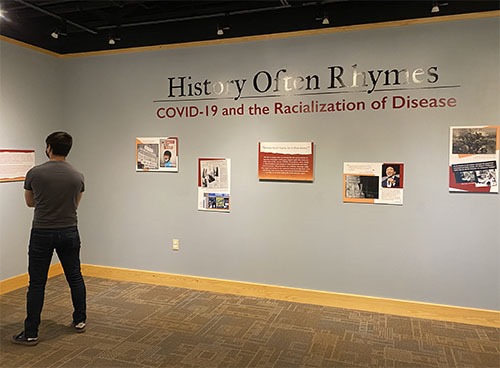
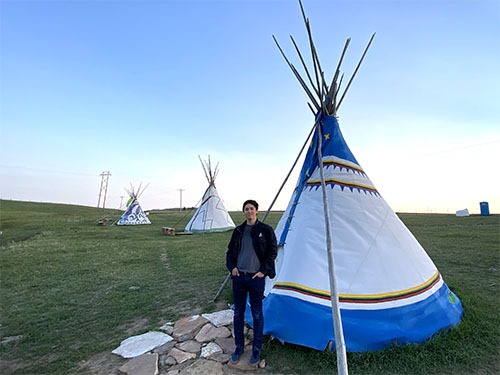
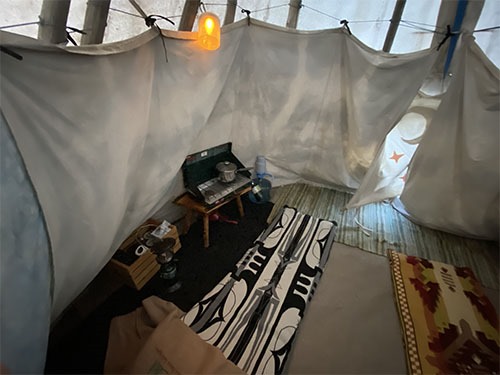
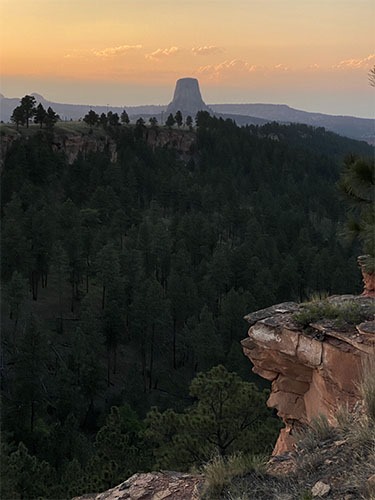
Leave a comment